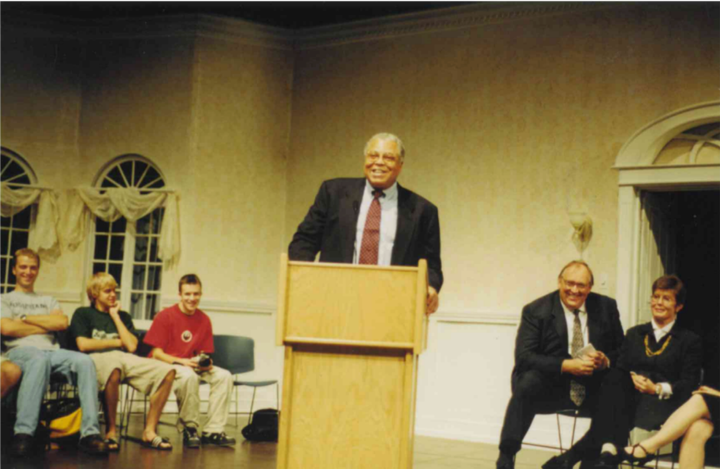SpaceX aims for Mars colonization by 2024
MARIANA LOPEZ
milopez14@ole.augie.edu
On Sept. 29, SpaceX CEO, Elon Musk, addressed the audience at the International Astronautical Congress (IAC) in Australia, regarding the company’s plans to go from New York to Shanghai in 39 minutes, the moon and, eventually, Mars.

According to its website, SpaceX, founded in 2002, “designs, manufactures and launches advanced rockets and spacecraft.” The company’s main goal is enabling humans to become a multi-planetary species.
Musk shocked spectators by stating that all of the company’s resources would soon be targeted solely towards its new spacecraft, the BFR. In other words, every rocket it has manufactured, such as Falcon, Falcon 9, Falcon Heavy and Dragon, will become obsolete.
The BFR, otherwise known as the Big F—— Rocket, will be able to do everything SpaceX’s current array of rockets can and more. This spacecraft was first talked about last fall, during Musk’s presentation in the 67th IAC in Guadalajara, Mexico.
According to Musk’s presentation, the new model will stand at 106-meters tall, 9-meters in diameter and have a lifting total vehicle mass of 4,400 tons, with 31 raptor engines that can produce a liftoff thrust of 5,400 tons.
The BFR will be used to carry multiple satellites in one launch, collect satellite and rocket debris floating around the earth’s orbit, take cargo and, in the near future, crew to the International Space Station (ISS). Musk explained that transportation fees to the ISS, as well as satellite launches, will be fundamental for SpaceX to fund such a rocket.
Unlike its predecessors, the BFR shuttle will finally be what Musk and his team have been striving for: 100 percent reusable. Because of this, the marginal cost per launch accounting for reusability will place this new spacecraft as the cheapest of all of the SpaceX rockets.
With the BFR in mind, SpaceX has also started pondering another idea. “Based on the calculations we’ve done, we can actually do lunar surface missions with no propellant production on the surface of the moon,” Musk said. This would enable humans to finally build a base on the moon.
“It’s 2017,” Musk said. “We should have a lunar base by now. What the h— is going on?”
SpaceX is still striving for their ultimate goal, getting the human race to Mars.
Its new aim intends to take advantage of all upcoming launch windows towards Mars, by planning on sending at least two cargo missions in 2022 and 2024. Two crew ships will accompany the 2024 mission.
However, certain restrictions represent an issue for Musk’s plan.
“You can travel to Mars at any time,” Nathan Grau, a professor from the physics department, said. “However, because both Earth and Mars orbit the sun, when you start your travel determines how long it will take to get to Mars. There are certain times every two years that will result in the lowest energy and shortest transportation times. Since energy and time are the two quantities that you are trying to conserve, that limits the number of opportunities that you would have to launch to Mars.”
The cargo mission in 2022 aims to find sources of water as well as identify any hazards. It will also place power, mining and life support infrastructure that will aid future arrivals.
The main goal of the second mission will be to build the propellent production plant. Its other objectives include bringing in more supplies and building up a base to prepare for expansion. With time, Musk aspires to see SpaceX “terraforming Mars and making it a really nice place to be.”
“But there’s something else,” Musk said, three minutes before leaving the floor. “If you build a ship that’s capable of going to Mars, what if you take that same ship and go from one place to another on Earth?”
With the help of a animated video, Musk explained that the company now has the idea of using its new rocket to take passengers from New York to Shanghai in 39 minutes.
The BFR would shoot up to the Earth’s orbit, travel at speeds up to 27,000 Km/h, and touch down on landing pads near their destinations.
Humans have had the same modes of transportation for more than a century. The BFR would mark a new era for long distance transportation, and all for the cost of a regular economy class airplane ticket, but Musk’s success on his interstellar plans remains to be seen.



